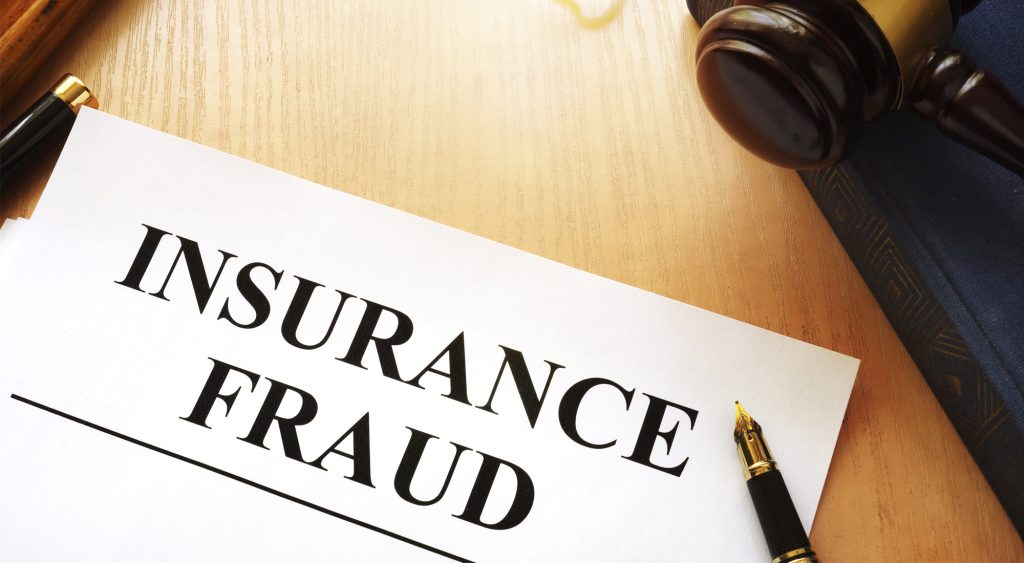- By Lindsay Davis, Vice President, Immix Group / March 14, 2018
Benefits fraud is a topic that just keeps trending. There’s good reason for that. Fraud is a huge problem within the world of benefits. It impacts everyone – and it hurts everyone.
Benefits fraud is insidious. It takes all forms. Plan members, plan sponsors and service providers: All have been complicit in acts of fraud.
The financial impact is significant. While estimates range, industry experts’ best guess is that two to 10% of healthcare dollars – that’s up to $12 billion per year – are lost to fraud. This is money that could pay for a lot of legitimate, much-needed expenses!
Two of the most common complaints we hear from employees are about:
1) the cost of their benefits
2) what their plan doesn’t cover.
The irony is that, the more a plan covers, the more it costs. And, when fraud sucks away valuable healthcare dollars, it directly impacts the quality of the coverage that can be provided to members.
The bottom line is this. A benefits program needs to be financially viable – and benefits fraud is a massive drain on the precious resource of healthcare dollars.
What you can do as a plan member to fight fraud
Double check each of your claims, especially if you did not personally submit the claim. You can check your claims history online. With most carriers, you can check right from a mobile application.
Make sure that each claim is genuinely your claim. A common way providers commit fraud is by submitting a claim on your behalf for a service that was never performed, or for a claim in excess of what was provided.
No question direct claiming is convenient, but… Direct claiming means the provider offices have access to your benefits program details. While we like to trust our dentists, physio clinics and optometrists, the unpleasant reality is that some of these providers are the very ones committing the frauds. Keep your benefits information confidential to the greatest extent possible. Never sign blank claim forms.
If you do get audited on a claim, don’t be offended! Auditing is an important part of ensuring claims’ accuracy.
Lastly, don’t “accidentally” commit fraud! Maybe you think you’re just getting a good deal. For example, you have the chance to get sunglasses instead of prescription glasses through your benefits plan. Think again. Not only will this inaccurate reporting impact the financial viability of your program; it will be fraud. You could be charged with a crime you never intended to commit.
Real-life stories of fraud
We recently learned of a plan member who noticed that his Vision Care benefit (\$200 per person every two years) was used up for all five members of his family. Knowing his family members had not all made claims, he looked into this – and discovered the provider had submitted false claims to the insurance company.
The provider was paid $1,000 ($200 x five family members) by “claiming” for eyeglasses, contact lenses and eye exams that the family had never purchased!
How did this happen? The provider had the plan information on hand based on a previous visit by one of the children for an eye exam.
Because of this fraud by the provider, the benefits program incurred \$1,000 in claims – adversely affecting the cost to the employer and ultimately the employee. Furthermore, this benefit then appeared to be ‘used up’ for the member and his family. If they had needed to make a real Vision Care claim, it would have been rejected.
Here’s another true story.
We learned of an employee in a dental office who was entitled to free dental services. Despite this, she submitted claims for herself, utilizing her employer’s access to the direct claiming system, under her partner’s benefit program. The system accepted the claims (the insurance coverage was valid), not knowing the member had never paid for any of the services.
Her defence? “I am covered for a benefit I don’t need…so therefore should be able to receive a payment back to make up for the cost of our premiums.”
Nope. You committed fraud.
Help us and help consumers. Report fraud!
Through their online and mobile applications, insurers provide tools to show how much you’ve claimed, along with the details of your claims. These tools are not just for your convenience. They help ensure the accuracy of the claims going through under your name.
The following is essential: If you notice something strange, something off, something not quite right in your claim records – report it at once to your HR, or directly to the insurance carrier.
Further reading
Canadian Life and Health Insurance Association (CLHIA) tips:
https://www.clhia.ca/domino/html/clhia/CLHIA_LP4W_LND_Webstation.nsf/0/10D0B370160E723B85257F03005BD980?OpenDocument
Pacific Blue Cross (PBC) Whistleblower hotline:
http://www.confidenceline.net/pacific-blue-cross/

Lindsay Byrka, CFP® BA, BEd
Vice President, Immix Group: An Employee Benefits Company
A Suite 450 – 888 Dunsmuir St. Vancouver V6C 3K4
O 604-688-5262



